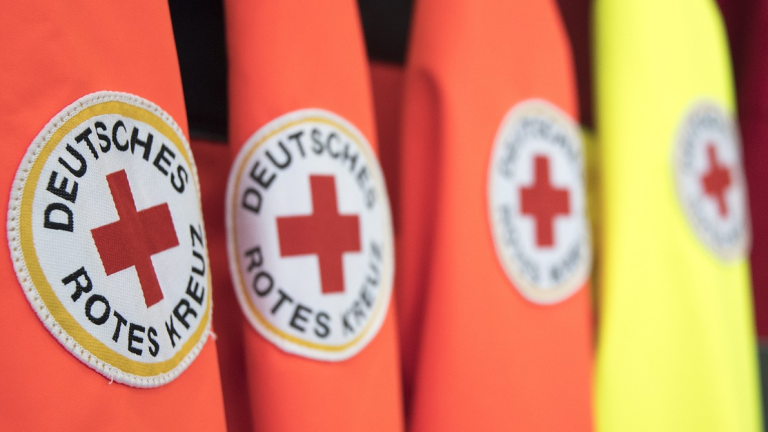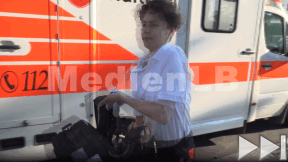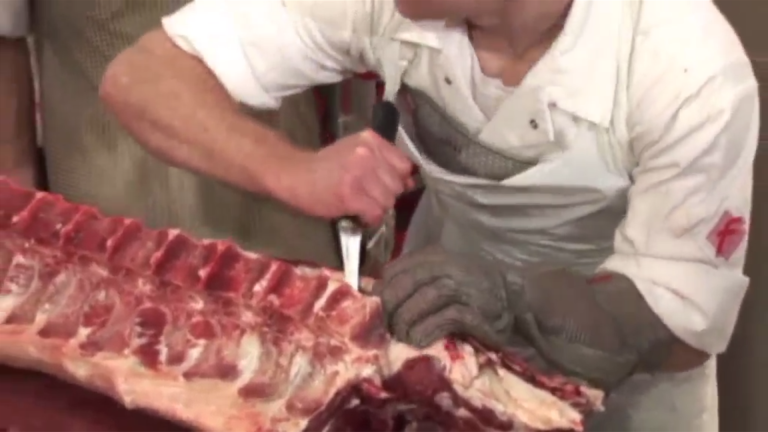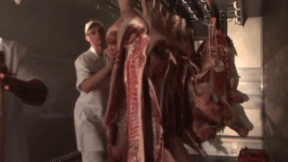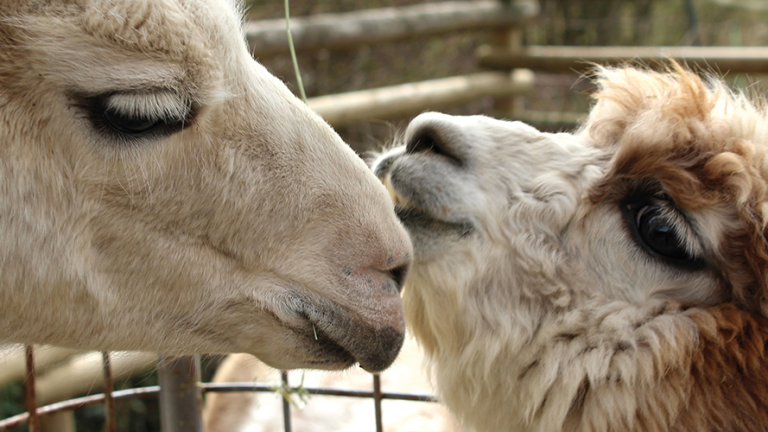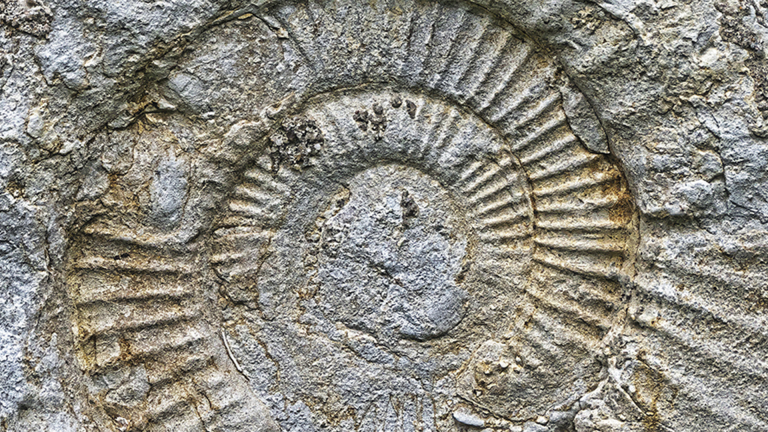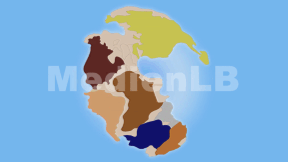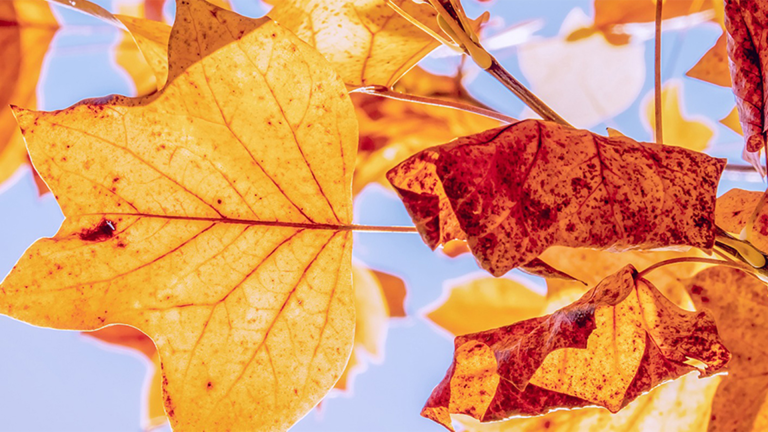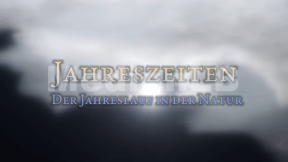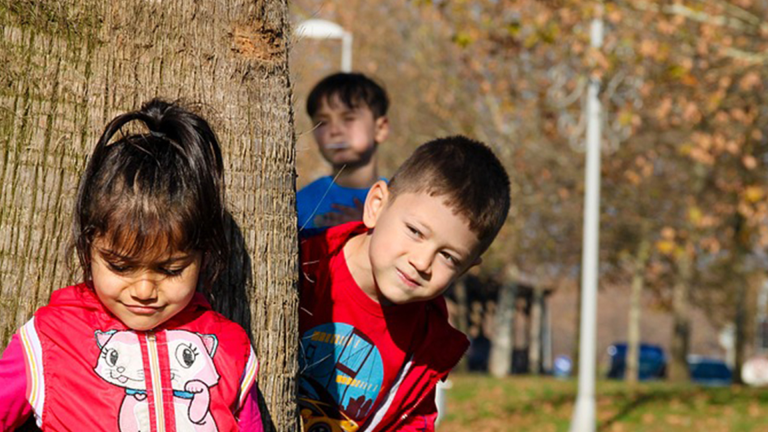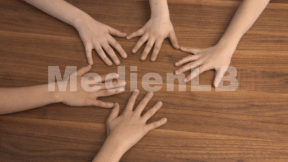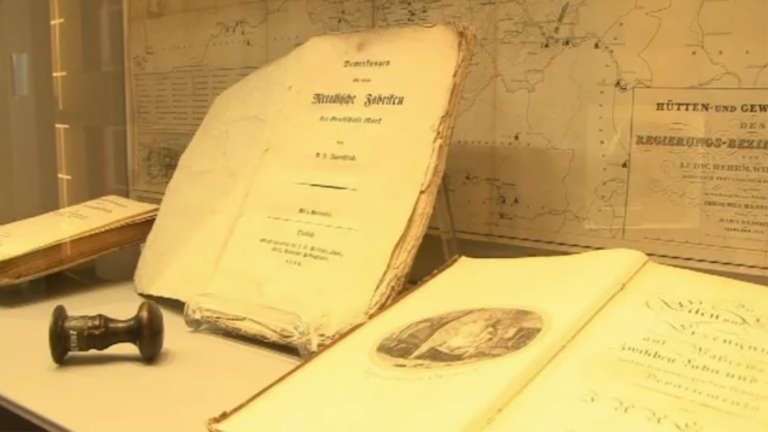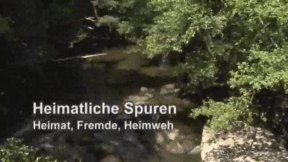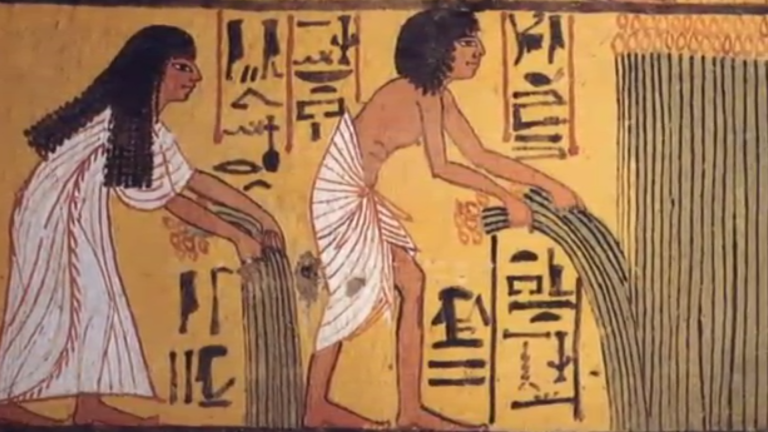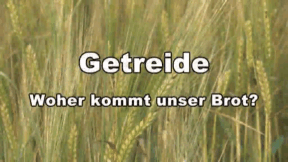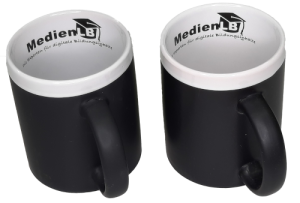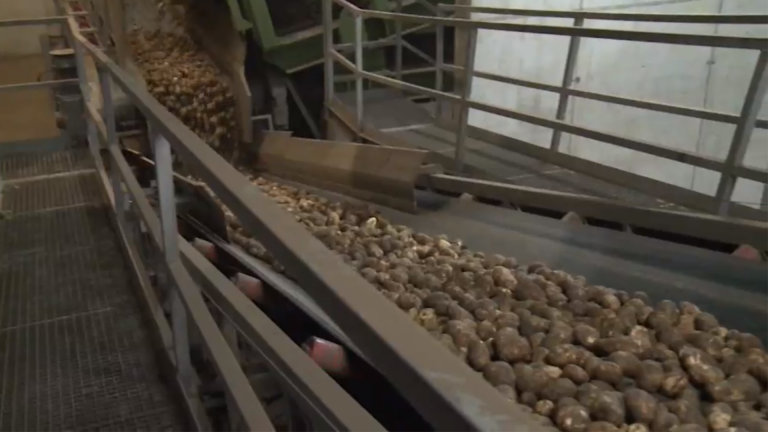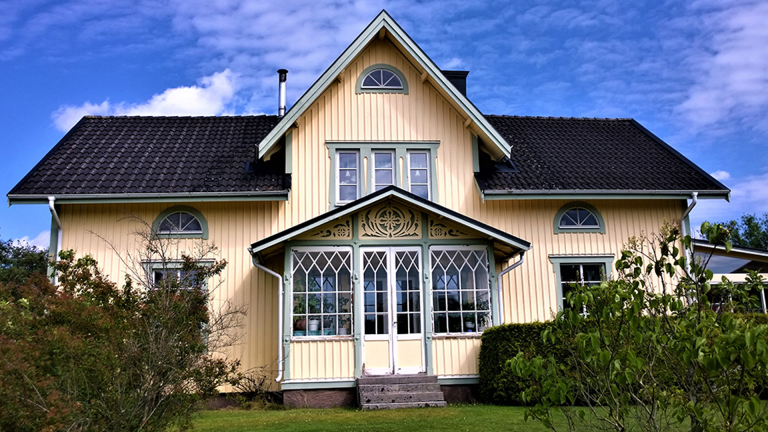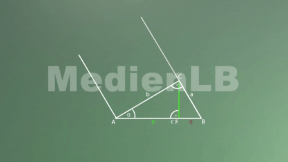Suche:
- # Artistry
- # Biology
- # Chemistry
- # Ecological
- # Economy
- # English
- # Foreign Language
- # Geography
- # German
- # Health
- # History
- # Informatik
- # Latin
- # Mathematics
- # Media Education
- # Music
- # Physics
- # Politics / Civics
- # Preschool
- # Primary School
- # Religion
- # Society
- # Sports
- # Technology
- # Training of Teachers
- # Vocational Education
Das Ehrenamt
„Ich glaube, engagieren sich nicht Menschen für die Gesellschaft ehrenamtlich, dann würde das System, so wie wir es haben, einfach nicht funktionieren. Von daher glaube ich, ist das Ehrenamt, damit das alles so funktionieren kann, wie es das tut, ein wichtiges Steckenpferd.“, so das Zitat einer jungen ehrenamtlichen Mitarbeiterin bei den Maltesern.
Learn moreSozialismus
Der Unterrichtsfilm beleuchtet die Grundlagen des Sozialismus, der als Gesellschaftsmodell auf Gemeineigentum und Gemeinwirtschaft beruht. Er hielt infolge der Industrialisierung als Gegenmodell zum Kapitalismus Einzug. Doch in den Ländern, wo sich der Sozialismus verbreitet hatte, erwies er sich als ökonomisch ineffizient und führte letztlich zur Einschränkung der menschlichen Grundrechte sowie zur Verletzung der Rechtsstaatlichkeit.
Learn moreButcher
Food is the basis of human life. Its diversity and quality are decisive for our health and well-being, thus also providing the basis for a good quality of life. It is a positive challenge to take on that kind of responsibility by choosing a career in this sector. A butcher’s job is such a challenge, not only with respect to the handling of the food itself but also with respect to the contact with customers. Butchers don’t just sell their products but also give advice to their customers and, in addition, the contact to business partners and public authorities is of considerable importance. Hence, this job is extremely versatile and never boring. Some on-the-job training in an internship provides the opportunity to get to know this profession better and to find out whether you are suitable for the job and whether you feel comfortable with your choice. It is important that a job opens up good career prospects for young people, thus building a bridge to an economically secure future.
Learn moreMensch und Tier
Menschen und Tiere leben seit Jahrtausenden zusammen. Ursprünglich als reines Nutztier gehalten, entwickelte sich eine Beziehung zu einem Tier als reines Haustier. Neuer ist die Verbindung der engen Beziehung des Menschen zu Tieren und therapeutischen Anliegen. Im Film werden verschiedenste Tiere und deren therapeutische und unterstützende Wirkung vorgestellt. Ob mit Schafen, Alpakas, Ponys, Schulbegleithunden oder Blindenhunden – der Film geht der engen Beziehung von Mensch und Tier nach.
Learn moreContinents
Continents are continuous expanses of land that are clearly separated from each other by oceans.
Learn moreJahreszeiten
In unseren Breiten ist das Klima im Jahresverlauf in klar abgrenzbare Jahreszeiten unterteilt. Der Film erklärt ausführlich und in anschaulichen Grafiken die Ursache hierfür: die Neigung der Erdachse und den damit verbundenen veränderlichen Einstrahlungswinkel der Sonne auf die Erde.
Learn moreHome
Everyone of us has a home. We primarily associate home with our families, which give us a sense of comfort and security. We have our home town where we were born, but what exactly is home? According to the encyclopaedia, home means all the conditions under which someone grows up. This DVD introduces all aspects of the topic of “home” – in a way easily understandable for children. Folk songs as well as films and novels with a regional background are examined closely. The relation between home and identity is explained. Home can take many forms due to different nationalities with their different languages, customs and traditions. However, despite all our cultural differences and ways of life, when seen from a distance, we all share the same home – our planet earth!
Learn moreGrain
The DVD offers spectacular insights into rural forms of work of former times and of today and into the work of a baker, so that pupils can easily comprehend individual work steps, too. In addition, the children gather information on the characteristics and use of the most important types of grains: rye, wheat, barley, oats and maize. The content of the DVD is excellently suited, on the one hand, to show the children that flour is an essential ingredient of baked goods and, on the other hand, to seize upon the pupils' various experiences with the staple bread. The DVD breaks down the topic "Grain" into the following main areas: baking bread, from corn to flour, types of grain and history of grain. The DVD is divided into four didactic units that can be dealt with separately via its menu structure. Moreover, the menu offers additional pictorial and diagram material. With the varied worksheets, test tasks and colour foils, the learning content of the DVD can be consolidated and the topic "Grain" enlarged upon during lessons.
Learn moreThe Potato
The potato is one of the most important food staples of the world. Together with rice, maize, wheat, barley, soy and sugar cane it is one of the seven most important foods on earth. Originally it came from the Andes in South America. The Spaniards brought it to Europe and then to all other continents. It is cultivated in 130 countries on earth. Cultivation has already resulted in many different varieties. Some are waxy, others turn floury when cooked and are especially suited for soups or mash. In Germany, more than a hundred varieties with different qualities and flavours are on the market. Very specific varieties for any purpose are being cultivated. It takes about ten years to develop a new variety and to have it licensed for cultivation. The potato is the most frequent cultivated crop plant and also our staple food. Together with the extensive additional material the DVD is ideally suited for use in the classroom.
Learn moreKathetensatz des Euklid
Das Quadrat einer Kathete ist genauso groß wie das Produkt der Hypotenuse mit dem zugehörigen Hypotenusenabschnitt.
Learn moreLaws of Nature
Die Physik hilft uns zum Beispiel zu verstehen, warum Dinge fallen, wie sie fallen, wie Kräfte wirken und was sie bewirken. Warum manche Dinge schweben und andere nicht und wie wir mit diesem Wissen das Leben viel einfacher machen können.
Learn more



